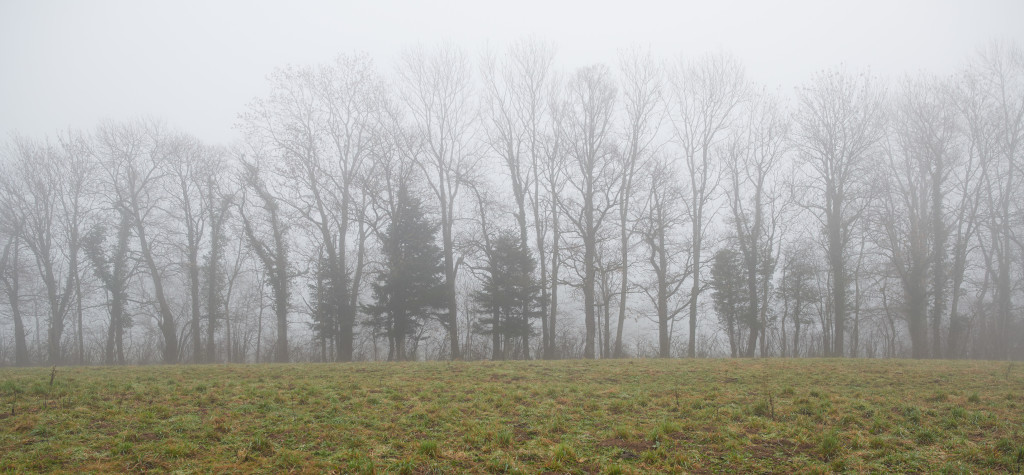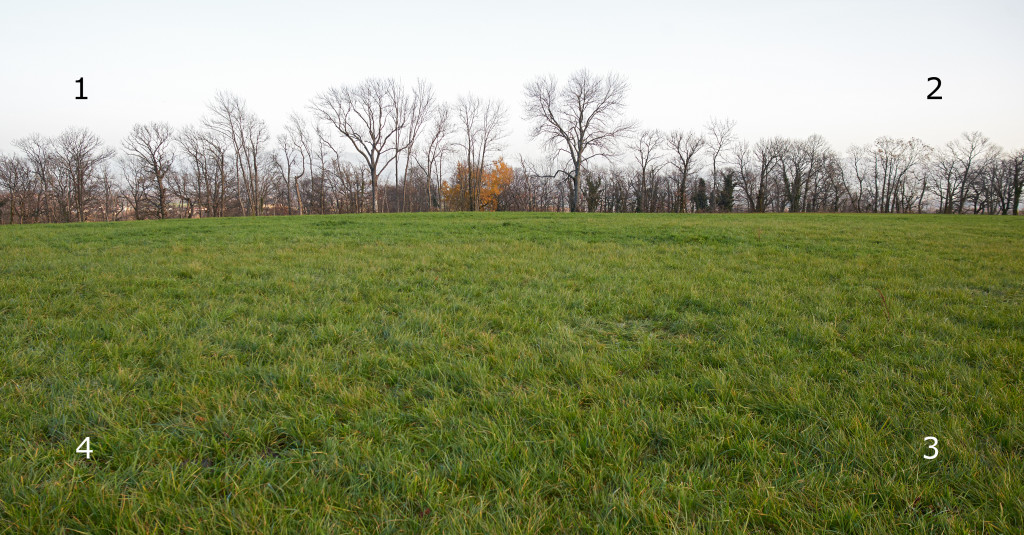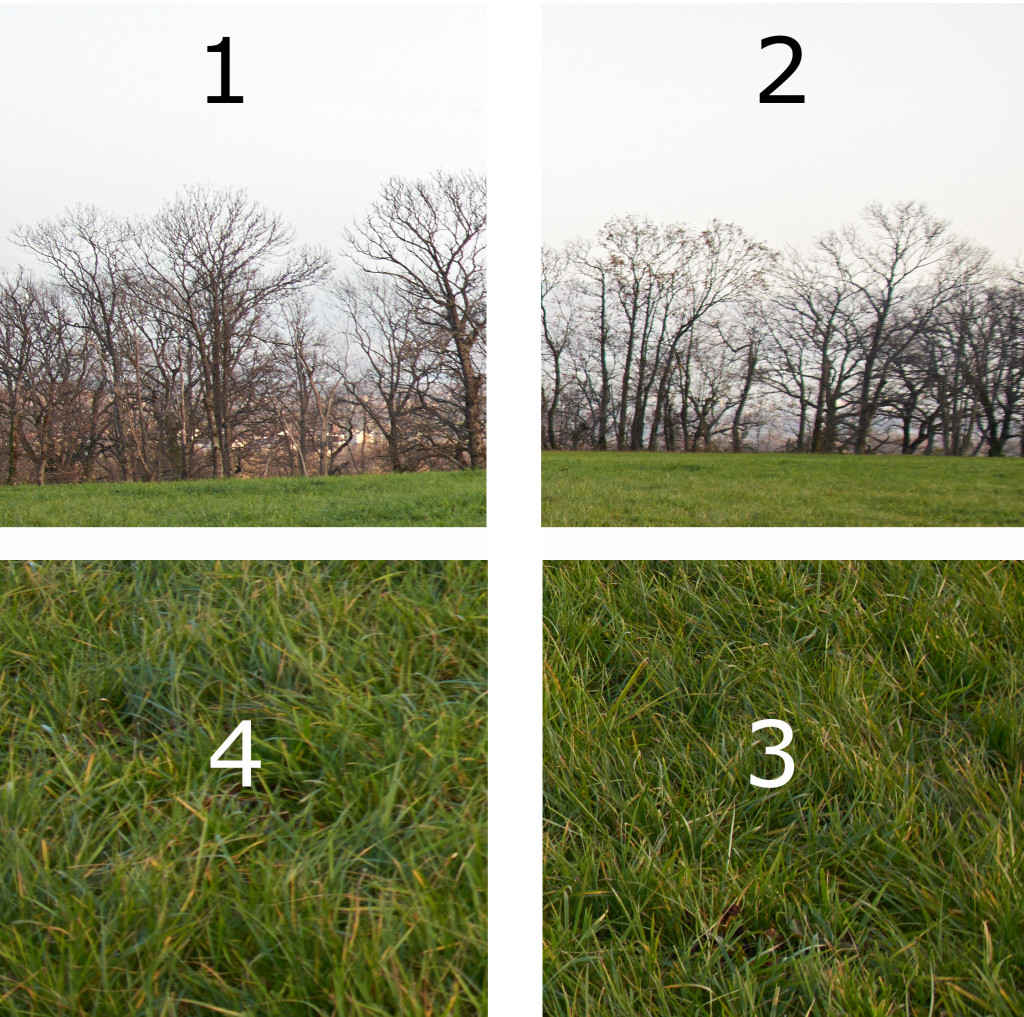
A year without new gear hasn’t been really successful. And although we have seen a lot of new equipment this year, there was nothing to merit a complete system change (to the Sony mirrorless or the Pentax 645, for example).
After the disappointing test of the Nikon 24-70 f/2.8 VR, I thus treated myself to a Zeiss Distagon T* 25 mm f/2.0. Great deals can be had on these “classic line” Zeiss lenses, because they will be replaced by the Milvus lenses. The Milvus 50 f/1.4 and 85 f/1.4 are new designs, while the others are basically avatars in an Otus gestalt.
And the 25 f/2.0 lens delivers: a rich, slightly warm color rendition, high-resolution edge-to-edge already wide open (if you forget about the areas within 1 mm from the corners), a maximum reproduction ratio of 1:2, no relevant chromatic aberrations, no focus breathing (nice for focus stacking and video), and a hard stop at infinity, which is good for astrophotography. The lens is not totally without caveats, however. There is a pronounced vignetting up to f/4.0 and some higher-order curvature of field. And let’s be honest, the lack of autofocus is somewhat an anachronism these days, in particular for wide-angle lenses that have a large depth of field and are thus not at all easy to focus without live view. But I am digressing.
After a day of shooting in the field, I was left with the impression to have problems placing my focus. I therefore started to photograph bookshelfs and Siemens stars. However, the problem arises to keep the camera exactly orthogonal to the subject. Still, the tests revealed that I had a bad example of lens misalignment.
The main sources of alignment errors are the parallelism of the lens mount and sensor, the alignment of the lens to its flange, and a tilt of one or more optical elements from the principle axis of the lens. It may be the fault of the manufacturer (poor quality assurance), the delivery service carelessly handling the package, or bad luck with the lens getting dropped.
Lens misalignment can be easily distinguished from curvature of field, which is a lens design issue where one observes sharpness dropping away from the center of the frame and then picking up again in the corners. But sharp and soft areas appear even across the frame. Misalignment, however, results in some corners to be visibly sharper than others. Depending on the angle of tilt, sharpness can vary greatly from one side of the frame to another, just like when using a dedicated tilt/shift lens the wrong way around.

To proof the findings to the vendor I found a perfect scene for testing lens alignment, just 200 meters from my home. The row of trees is located relatively far away so that the focus is at infinity. The high contrast between the branches and the background allows checking for chromatic aberrations at the same time. The foreground is even and contains enough high-frequency details to clearly reveal the plane of sharp focus. The usual shot discipline must of course be exerted; tripod mount, focusing in live view, mirror lock up, and three-seconds shutter delay.

The results show that high-resolution digital sensors and sophisticated lens designs become meaningless without proper quality assurance. Careful testing is thus required and it is clear that you bear a risk buying online from a discounter.
I had my lens replaced within 3 calendar days and I am now good to go. SR